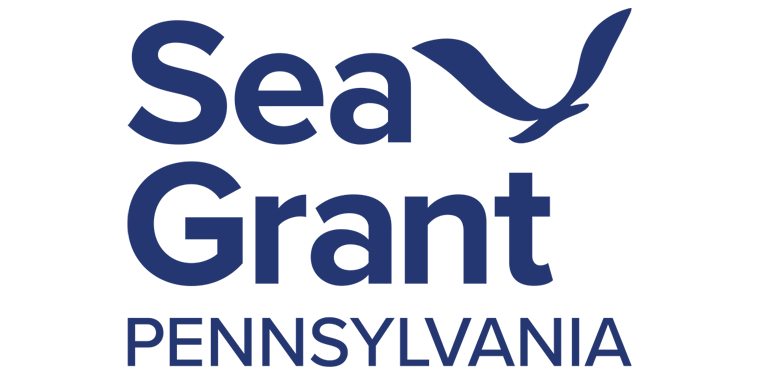Quantifying Urban Litter Contribution to Plastic Pollution and Assessing Best Mitigation Practices
Thousands of tons of plastic pollution end up in the Great Lakes every year having adverse effects on marine life and on water quality. Quantifying major sources and pathways of plastic pollution entering the Great Lakes can be highly valuable for developing suitable mitigation strategies. We propose a two yearlong study to quantify urban plastic litter in stormwater runoff, and to evaluate practices such as street sweeping, stormwater green infrastructure and litter booms in preventing plastic pollution in surface water bodies. During year one, to quantify the urban plastic pollution entering surface waters, we propose to collect all the litter retained at the two litter booms in city of Erie, as well as stormwater runoff and snow melt samples in the city of Erie and Millcreek Township. To help identify any correlations, all sampling locations will be chosen to represent various land use and socio-economic conditions in the study area. In our second year of study, we will quantify litter from street sweepers (after composting and screening of organics) and in storm drain catchment basins, as well as monitor three stormwater retention/detention ponds, and a rain garden for microplastics removal from stormwater runoff. The results of this study will be beneficial for cities and townships in Pennsylvania and the Great Lakes region in preventing plastic pollution.



